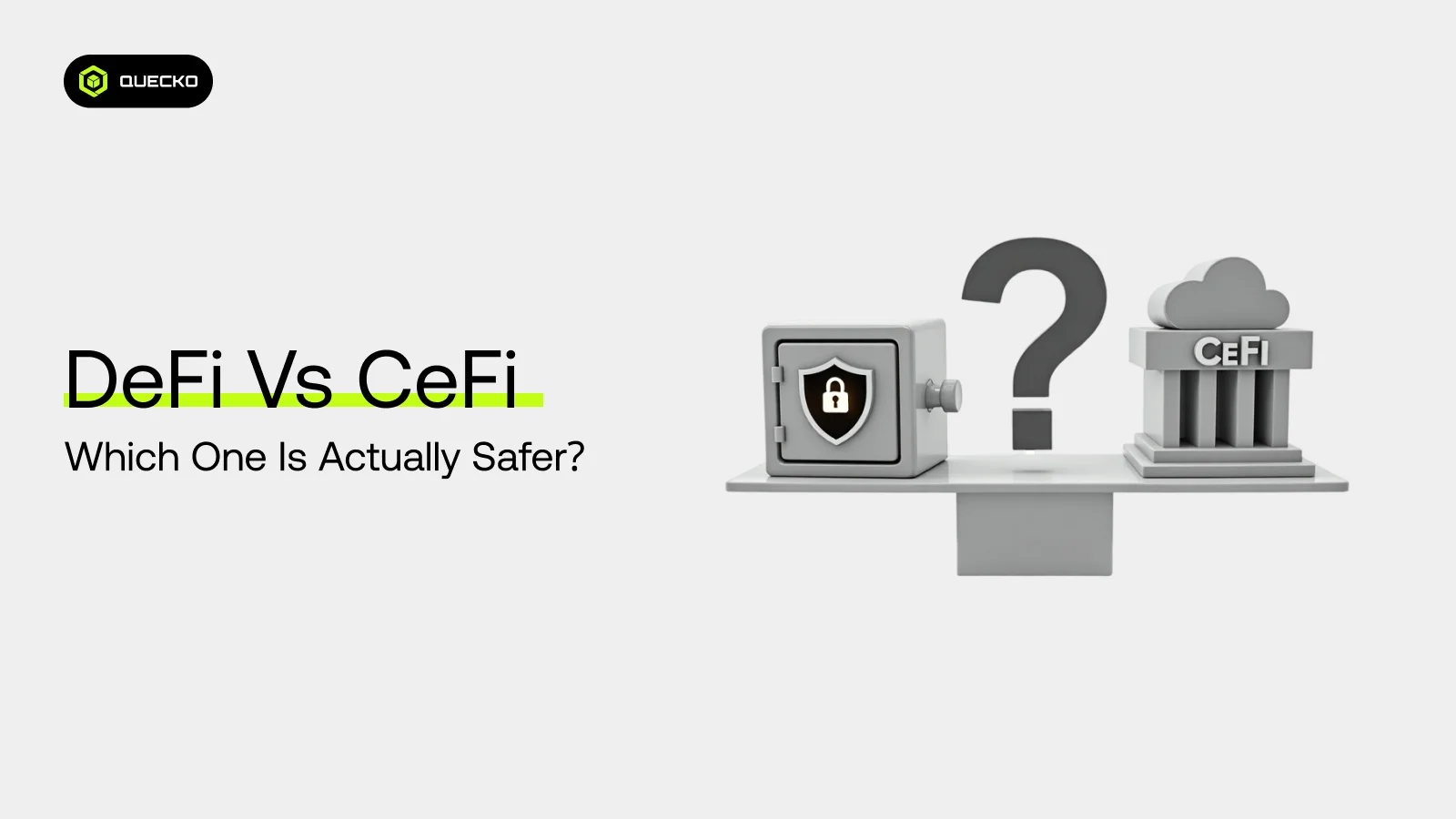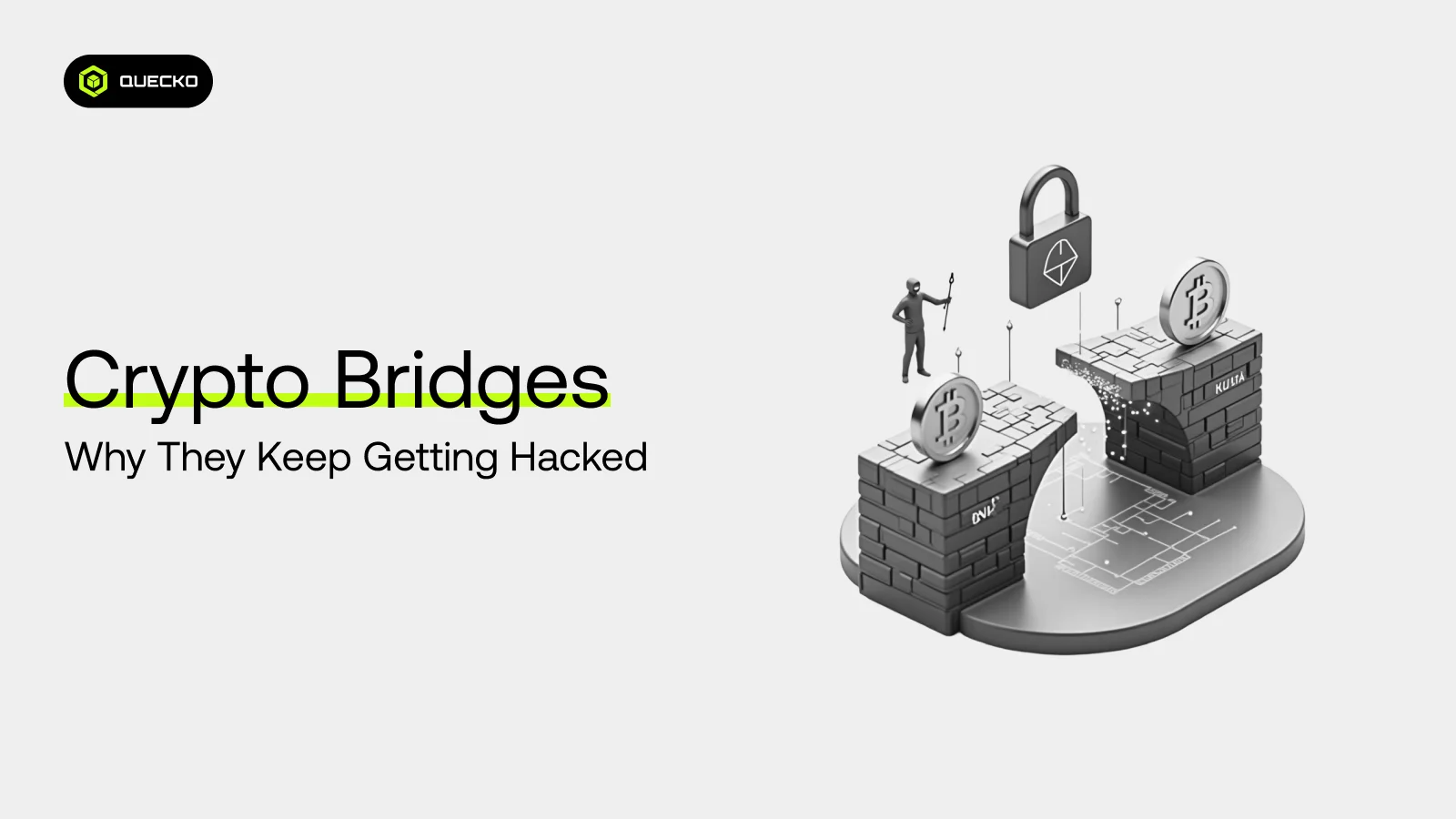3 Types of Stablecoins: Unraveling the Hidden Gems of Crypto!
Stablecoins aim to provide an alternative to the high volatility of the most popular cryptocurrencies. When you start learning and investing in the crypto market and you get to hear about the stablecoins in addition to Bitcoin and Ethereum. Moreover, did you ever wonder, what these stablecoins are, what are the 3 types of stablecoins and […]
Stablecoins aim to provide an alternative to the high volatility of the most popular cryptocurrencies. When you start learning and investing in the crypto market and you get to hear about the stablecoins in addition to Bitcoin and Ethereum. Moreover, did you ever wonder, what these stablecoins are, what are the 3 types of stablecoins and furthermore why are they so important in this market?
So, let’s dig into the most important part of your digital assets i.e. stablecoins.
.
What are stablecoins?
“Stablecoins are cryptocurrencies whose value is pegged or tied to that of another currency, commodity, or financial instrument.”
Stablecoins are a segment of the wider crypto-asset ecosystem. They are often referred to as unbacked crypto assets.
What is the purpose of stablecoins?
Developers created stablecoins to tackle the high price fluctuations experienced by unbacked crypto assets like Bitcoin and ether. Evidently, stablecoins possess comparatively low price volatility, making them suitable for various functions that require this stable property.
Want to dig deeper and know more about stablecoins? Here is what we will discuss;
- 3 Types of Stablecoins
- Most popular stablecoins
- Importance of stablecoins
- The best stablecoin
- How do stablecoins work
- Stablecoins vs Altcoins
What are the 3 types of stablecoins?
There are three types of stablecoins that we will discuss below.
1.Fiat-Collateralized Stable Coin:
Fait-collateralized Stablecoins maintain a reserve of a fiat currency such as the U.S. dollar, as collateral assuring the stablecoin’s value.
Other forms of collateral can include precious metals like gold or silver as well as commodities like crude oil, but most fiat-collateralized stablecoins have reserves of U.S. dollars.
Independent custodians hold reserves to back stablecoins. Independent custodians do regular audits to ensure their adequacy.
Example
The following are widely known stablecoins and are backed by U.S. dollar reserves and pegged to the value of one U.S. dollar.
- Tether (USDT)
- TrueUSD (TUSD)
2.Crypto Collateralized Stablecoins
Crypto-collateralized stablecoins refer to stablecoins backed by cryptocurrencies instead of traditional assets. They adopt an over-collateralization approach to mitigate the risk arising from the volatility of the reserve cryptocurrency.
As a result, the value of the cryptocurrency held in reserves exceeds the value of the stablecoins that have been issued.
Example
DAI (Stablecoin) is pegged to the US dollar but it is backed by Ethereum (ETH) and other cryptocurrencies worth 150% of the DAI stable-coin in circulation.
3.The Algorithmic Stablecoins:
An algorithmic stablecoin refers to a type of cryptocurrency where algorithms (smart contracts) dynamically regulate the price fluctuations of a specific asset, such as the U.S. dollar.
Stablecoins based on algorithms rely on transparent and auditable code, which increases the chances of gaining confidence.
Example
The Terra platform which operates on the Cosmos-based protocol, utilizes a group of algorithmic stablecoins, supported by the coin LUNA, to maintain their pegs to the desired value.
What are the most popular stablecoins?
Tether:
Tether (USDT) is a stablecoin cryptocurrency linked to the value of the U.S. dollar and is fully supported by reserves held by Tether.
Tether facilitates the seamless transfer of funds between cryptocurrency markets and the traditional financial system, effectively reducing volatility by maintaining a 1-for-1 peg to traditional currencies.
| Stablecoin | Tether |
| Price | $1.00 USD |
| MarketCap | $83,862,649,386 USD |
| 24hr TV | $26,258,688,804 USD |
| Ranking | 3rd |
| Circulating Supply | 83,819,295,817 USDT coins |
July 2023 data from https://coinmarketcap.com/currencies/tether/
USDC:
USDC, a cryptocurrency, belongs to the category of fiat-backed stablecoins. It derives its backing from reserve assets within the traditional financial system, including cash, cash equivalents, or securities.
USDC is specifically designed to maintain a peg to the US dollar and ensure a 1:1 redeemable value in US dollars.
| Stablecoin | USD |
| Price | $0.999917 USD |
| MarketCap | $26,911,130,154 USD |
| 24hr TV | $3,225,823,695 USD |
| Ranking | 6th |
| Circulating Supply | 26,913,374,367 USDC coins |
July 2023 data from https://coinmarketcap.com/currencies/usd-coin/
DAI:
DAI, a stable-price cryptocurrency, is a product of the Ethereum blockchain. Its issuance and development are governed by the Maker Protocol and the decentralized autonomous organization known as MakerDAO.
| Stablecoin | DAI |
| Price | $0.999463 USD |
| MarketCap | $4,605,047,077 USD |
| 24hr TV | $135,516,912 USD |
| Ranking | 18 |
| Circulating Supply | 4,607,522,761 DAI coins |
July 2023 data from https://coinmarketcap.com/currencies/multi-collateral-dai/
Why is there a need for a Stablecoin?
- Best way to side up volatility
- The easiest way to turn fiat currency into cryptocurrency
- Makes it easy to move money on the blockchain
- The key building block of DeFi
Which is the best stablecoin?
The most popular and largest stablecoin by market capitalization is Tether (USDT).1
It is pegged to the U.S. dollar at a 1:1 ratio and backed by gold reserves. It’s also consistently in the top five cryptocurrencies by market cap.
How do the stablecoins work?
Stablecoins aim to maintain a fixed market value, often linked to an external reference like a fiat currency. This makes them preferable over highly volatile cryptocurrencies for use as a medium of exchange.
These stablecoins can be pegged to a specific currency like the U.S. dollar, tied to the price of commodities such as gold, or governed by algorithms that manage their supply. Moreover, stablecoins maintain collateral reserve assets or employ algorithmic formulas to regulate their supply and ensure stability.
Stablecoins vs Altcoins:
| Stablecoins | Altcoins |
| Low volatility | High volatility |
| Similar to fiat currencies or assets like precious metals | Determined by the blockchain protocol |
| Medium of exchange, unit of account, and store of value | Varies in its properties, can be a medium of exchange or store of value |
| Backed by assets in reserves or algorithmically | Not backed by any physical commodity or metal |
| Most stablecoins are controlled by central entity | Most claim to be decentralized |
Summary:
Now you know all about the stablecoins. Lastly, Stablecoins aims to address price volatility by linking the value of cryptocurrencies to more stable assets.
Moreover, if a stablecoin holder chooses to redeem their tokens the reserve utilizes an equivalent amount of the underlying asset to fulfill their request.
For more blogs click the link below
Date
2 years agoShare on












